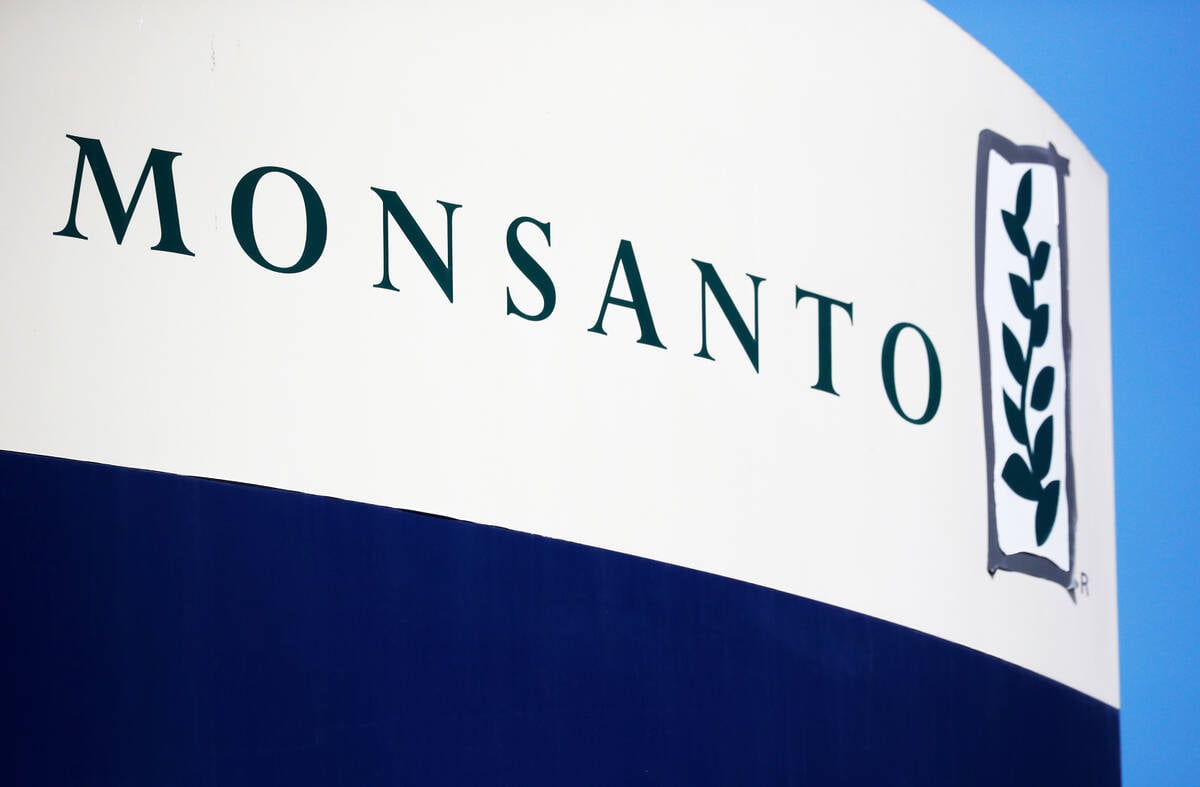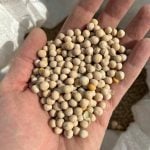Reuters – Weaker commodities prices will take longer to ease food inflation in the U.S. than in the developing world, according to a July 26 statement from Seth Meyer, chief economist at the U.S. Department of Agriculture.
Some of the world’s poorest nations were hardest hit by a spike in corn and wheat prices after Russia’s invasion of major grains producer Ukraine in late February. Reliance on imports and the large percentage of income consumers spend on food in those nations has contributed to the blow.
Now, Meyer said developing countries in North Africa and elsewhere could be the first to see some relief in grocery prices, as commodity crop prices have fallen to pre-war levels and North American crops develop.
Read Also

Journal pulls long-cited glyphosate study for ethics violations
The journal Regulatory Toxicology and Pharmacology has retracted a 2000 Monsanto-linked glyphosate review, drawing new scrutiny as Bayer faces mounting legal pressure.
“It is a more immediate effect,” Meyer said at an agriculture conference in Sao Paulo, Brazil. “Lower commodity prices reduce the import bill of certain importing countries and can moderate some of what we’ve seen in relation to food price inflation.”
World food prices fell for a third consecutive month in June, but remained close to record highs set in March, the United Nations food agency said earlier in July.
Meyer said the U.S. would see a bigger lag because food goes through more processing and complex supply chains. U.S. consumer prices accelerated in June as gasoline and food costs remained high, resulting in the largest annual increase in inflation in more than 40 years.
“Wheat, corn or rice make up a pretty small share of the food dollars that consumers spend,” Meyer said. “The more processed a product you have, the longer the lag in the transmission into food price inflation and the more sticky those output prices are.”














